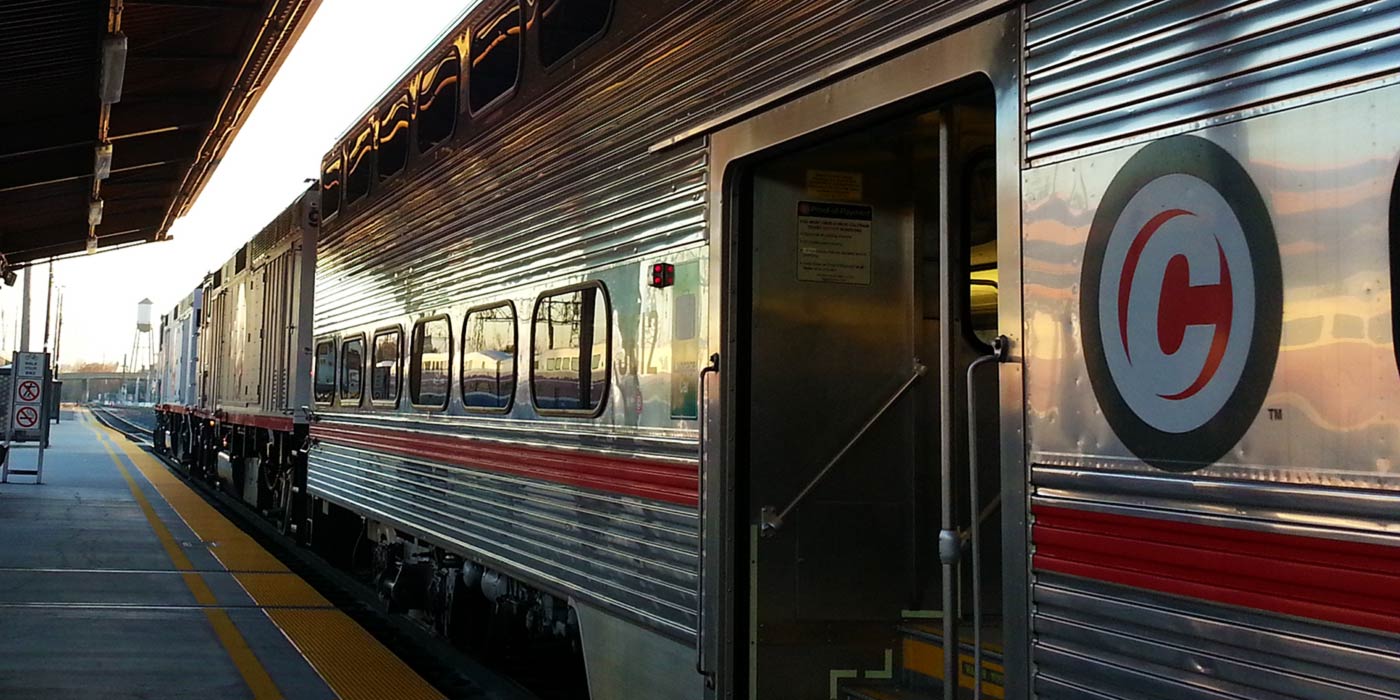This week, Caltrain, the regional commuter train operator between San Francisco, San Jose, and Gilroy, CA, increased the weekday schedule from 42 to 70 daily trains.
As Bay Area shelter-in-place restrictions begin to ease, Caltrain is committed to offering faster, user-friendly transportation options as travel throughout the area increases.
The new weekday schedule includes up to three trains per hour during peak commute schedules in both directions, along with an increase to 70 trains. Caltrain is also bringing back Limited trains that will operate a newly designed skip-stop service with fewer stops to reduce travel times and increase passenger flow for high-traffic stations to avoid crowding. Under the new skip-stop system, limited trains will travel closely together serving high-demand stations while alternating service to lower-demand stops. All trains are operating six-car sets to maximize physical distancing onboard. Off-peak trains will make local weekday stops every hour through the end of the day. The weekend timetable remains unchanged.
Caltrain is working with neighboring transit agencies to ensure that the new schedule will support regional connections with neighboring rail operators like BART and VTA. Under the new timetable, most connections between Caltrain and BART at the Millbrae Transit Center will allow approximately 10 minutes between transfers.
As ridership increases, Caltrain reminds passengers that face coverings are required for travel, both onboard and at stations. Caltrain cleans and sanitizes its fleet and stations daily using hospital-grade disinfectant products. Station touchpoints are wiped down multiple times each day and cleaning crews use spray foggers on trains overnight and midday at the San Francisco Station.
Caltrain is assessing the impact that reduced ridership is having on the agency’s ability to maintain operations in the coming months. Average weekday ridership has dropped from 65,000 to 1,300. With no other dedicated source of funding, Caltrain normally relies on fares to cover 70% of the system’s operating costs. At this time, the agency is planning for a gradual return of ridership and will continue analyzing passenger data to track evolving trends.
Visit Caltrain for more details and information.










